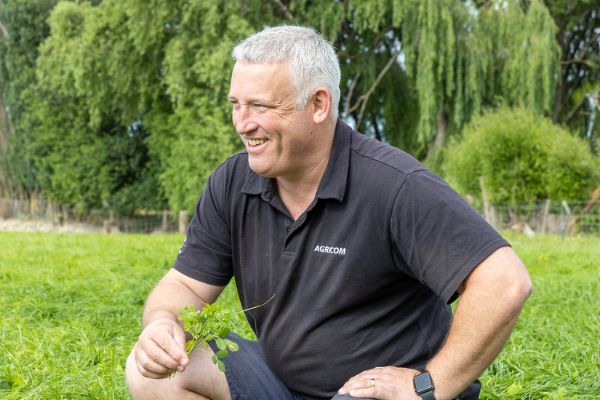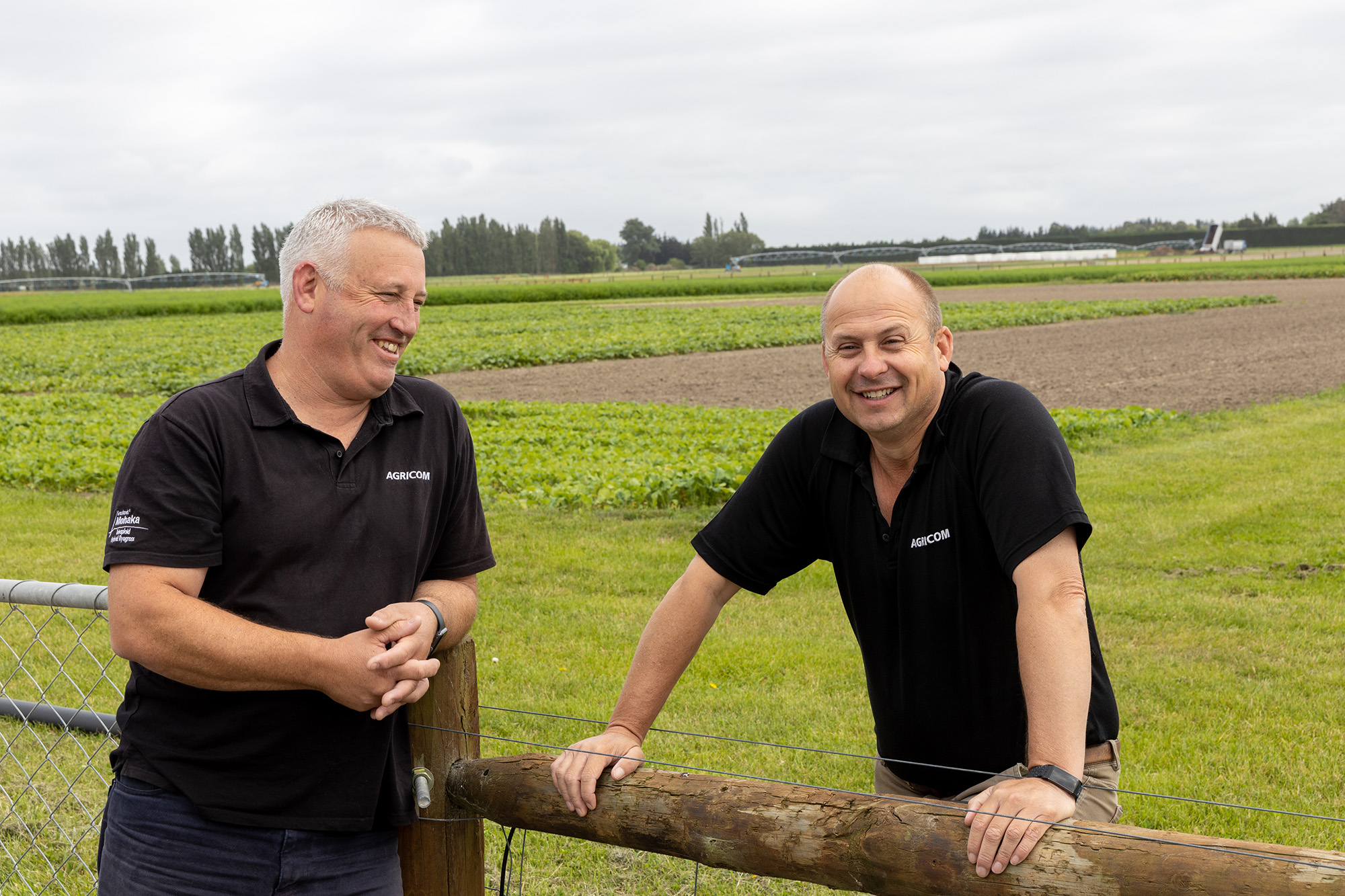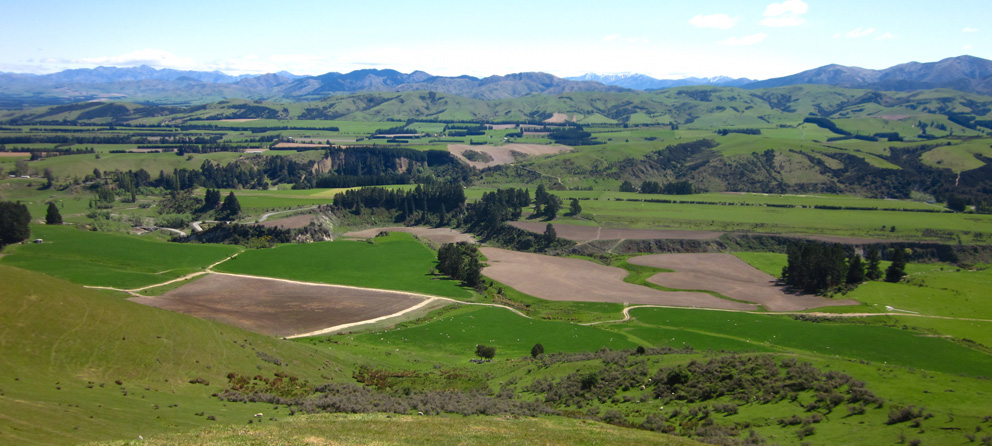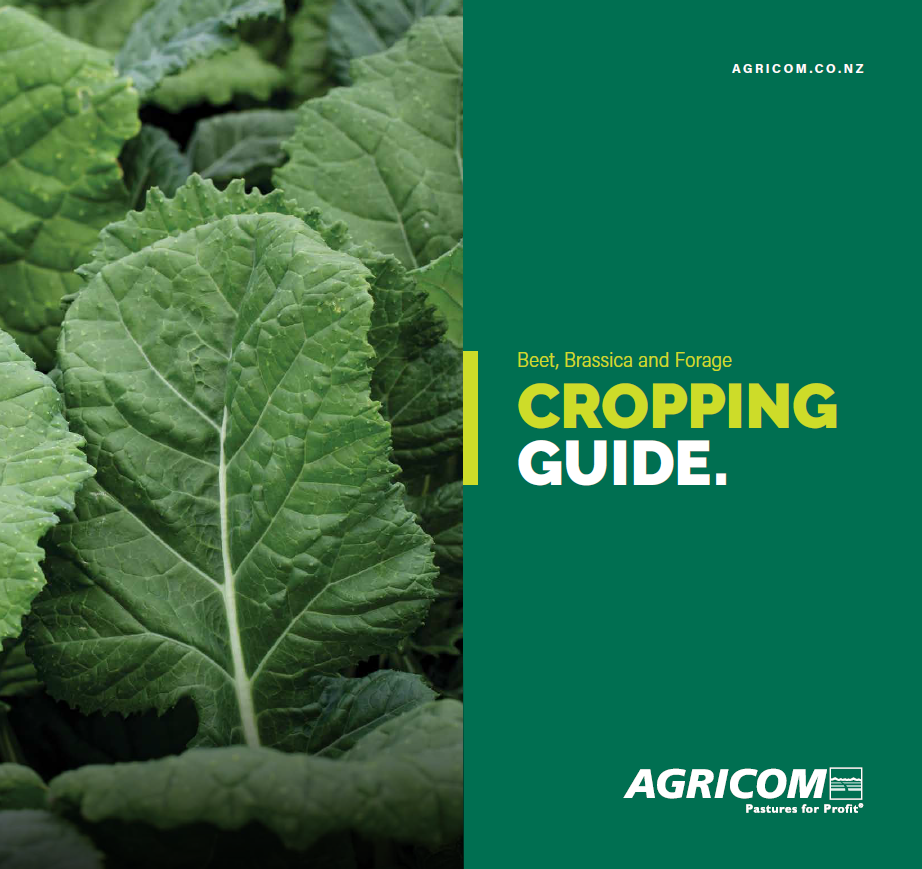
Grow with
confidence
with Agricom.
Grow with
confidence
with Agricom.
Dairy Platform - South Island
Dairy Platform - South Island
Dairy pastures are characterised by high-yielding and high-quality forages that can be well managed under intensive rotational grazing and are able to tolerate considerable amounts of grazing pressure.
Dairy platforms throughout the country can often be split between two environmental types:
IRRIGATED OR SUMMER RAINFALL DAIRY FARMS
These are often completely based around a perennial ryegrass pasture mixture.
Perennial ryegrass
- One main ryegrass, such as a late heading diploid perennial ryegrass like Three60 AR37 or Legion* AR37 & AR1, or a tetraploid perennial ryegrass, such as Align AR37 or a high-performance mid heading diploid perennial like Reason AR37
White clovers
- Often two white clovers are used with one being a large-leaved variety like Brace, and the other a dense medium-large type such as Attribute
Herbs
- Ecotain® environmental plantain is an ideal addition to pastures in these environments
Tall Fescue
SPRING SOWN AUTUMN LACTATION CROPS
These can be sown on the platform as part of a renovation programme to potentially hold milksolids production in late autumn, while maintaining cow body condition and whole farm pasture cover.
Kale
- SovGold kale maturity times range from 18-24 weeks. Kale can be sown from mid to late October through to mid-February depending on climate, desired feeding time and quality required
Fodder beet
- In addition to the use as part of a renovation programme or to hold milksolids production in late autumn while maintaining cow body condition and whole farm pasture cover, fodder beet such as Jamon can be a great way of starting the cow adjustment period before wintering on fodder beet
- These fodder beet paddocks could then be sown in May/June and planted in catch crops such as Milton oats and Manta Italian ryegrass. Catch crops are then taken for green chop silage in November and grazed to February then rotated into a perennial pasture in late February
SUMMER DRY DAIRY
These farms tend to calve early in milder winter environments and produce a large proportion of their total milksolids before Christmas. Often these farms find maintaining quality and quantity of feed post-Christmas challenging. This can lead to extra costs with supplementary feed.
- Pasture options are very similar to those mentioned previously for irrigated or summer rainfall dairy farms. These include perennial ryegrass pastures with AR37 endophyte and Hummer or Haven tall fescue with MaxP® endophyte by itself or in a 50:50 mixture with Oakdon MaxR® where perennial ryegrass is struggling to persist or perform in hotter summer regions
- Summer crops can be sown in mid to late October for summer grazing and pasture renovation. These include:
- Choice chicory, when sown in October, will be grazed at least three times in summer before resowing back into perennial ryegrass in the autumn
- Summer turnips such as Rival, sown in late October for an early February single grazing, are ideal in a pasture renovation programme and provide a clean paddock for an early March sowing of perennial pastures
- Ecotain® environmental plantain often can be sown in October for a summer crop. These crops can be maintained for a second summer before being resown back into perennial pasture
- SovGold kale maturity times range from 18-24 weeks. Kale can be sown from mid to late October through to mid-February depending on climate, desired feeding time and quality required
- Choice chicory, when sown in October, will be grazed at least three times in summer before resowing back into perennial ryegrass in the autumn
WINTER DAMAGED PASTURES
Often undersowing is a common response to open pastures due to drought conditions, or those that have been affected by heavy grazing and/or pugging in wetter times. Options for undersowing often depend on the timing of summer or autumn rainfall.
Perennial ryegrass
- If the pasture only needs thickening up, perennial ryegrasses like Legion* AR37 and Reason AR37 should be used
Hybrid ryegrass
- If pastures have the potential to be renovated in 2-3 years’time Mohaka AR37 or AR1, is an ideal option
Italian ryegrass
- If the pasture is required to last 18 to 24 months then Manta AR37 Italian ryegrass is an ideal fit and annual clovers such as Resal Persian clover and Viper balansa clover are also suited
Herbs and legumes
- In all the above cases there is also the opportunity depending on broadleaf weeds to add Ecotain environmental plantain, Brace and Attribute white clovers and Relish red clover
Annual ryegrass
- If a pasture is to be summer cropped the next spring, Jivet annual clover is an ideal lead-in option
* Legion has been bred, selected and successfully tested as a perennial and will function as a perennial ryegrass. Due to a small number of tip awns Legion is certified as Lolium Boucheanum.
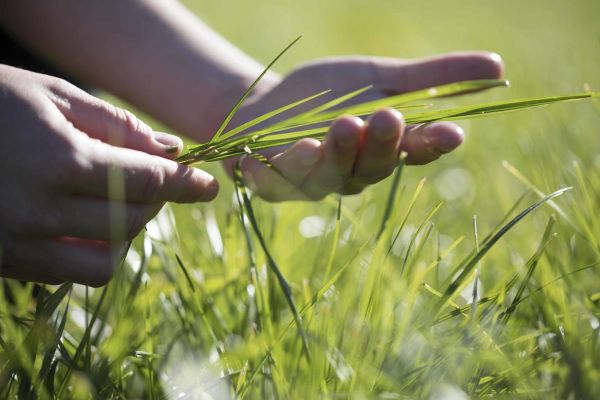
Management Advice
Learn More